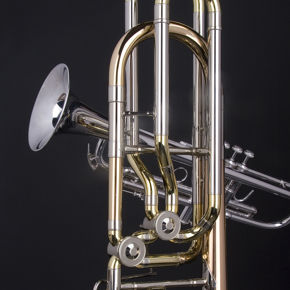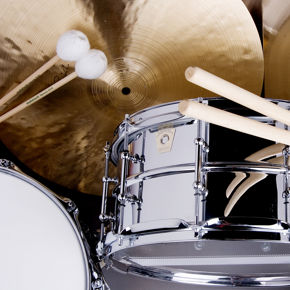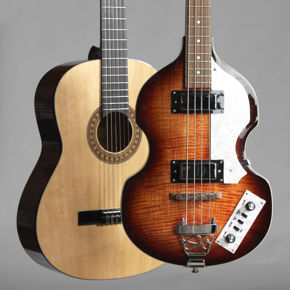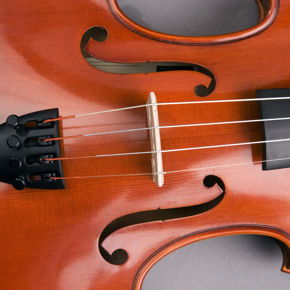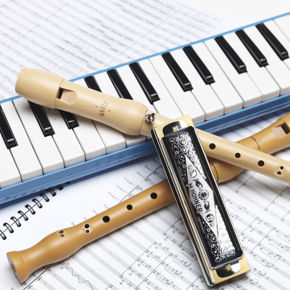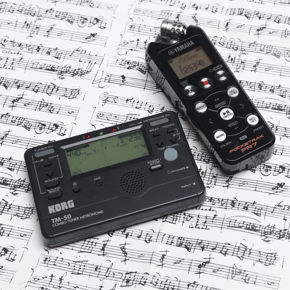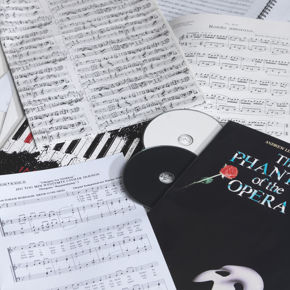(0)
Du har ingen varer i handlekurven.
Close
- Produkter
- Fabrikat/Forlag
- Nyheter
- Min side
- Kontakt oss
- Outlet
Menu
- Produkter
- Fabrikat/Forlag
- Nyheter
- Min side
- Kontakt oss
- Outlet
Nyhetsbrev
Informasjon
Opphavsrett © 2026 Musikk-Miljø. Alle rettigheter reservert.
Powered by nopCommerce
Filters
Sort
display


